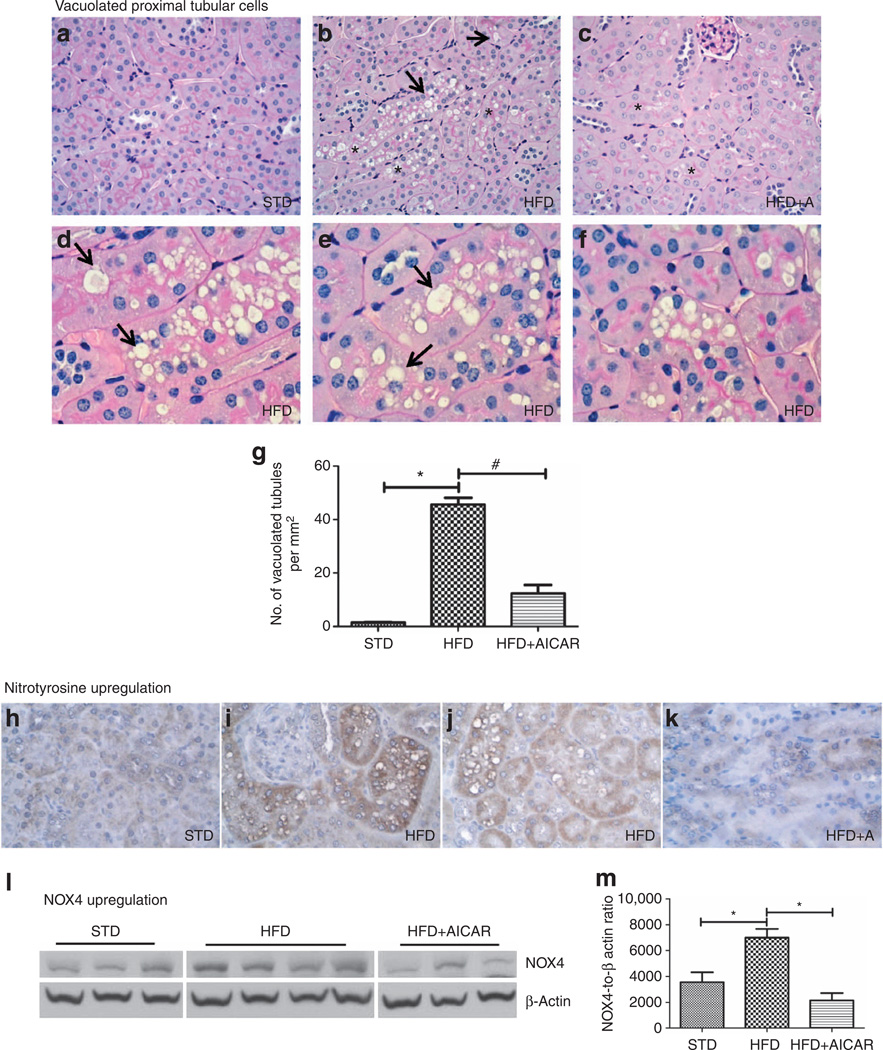Figure 3. Effects of AMP-activated protein kinase (AMPK) activation on tubular histology from mice on standard diet (STD), high-fat diet (HFD), and HFD + AICAR.
Representative photomicrographs (original magnification ×400) illustrating vacuolated proximal convoluted tubular cells (*) and loss of brush border (arrow) in (a) STD, (b) HFD, and (c) HFD + AICAR mice. Representative photomicrographs (original magnification ×1000) illustrating vacuolated proximal convoluted tubular cells (*) and impaired brush border (arrow) in (d–f) HFD mice. (g) Quantitative analysis of number of vacuolated tubules per mm2. Representative photomicrographs (original magnification ×400) illustrating nitrotyrosine staining in tubular epithelial cells in (h) STD, (i, j) HFD, and (k) HFD + AICAR. (I) Western blot analysis of the effect of HFD on NADPH oxidase 4 (NOX4) expression in STD-, HFD-, and HFD +AlCAR-treated mice, (m) Relative densitometry of the immunoblot shows that NOX4 was upregulated with HFD, whereas the AMPK activation prevented this rise. Values are means ±s.e.m. N = 6 in each group. Statistical analyses were performed by one-way analysis of variance (ANOVA) followed by Newman–Keuls, *P ≤ 0.05 versus mice on STD and #P ≤ 0.05 versus mice on HFD. AICAR, 5-aminoimidazole-4-carboxamide-1-β-d-ribofuranoside.

